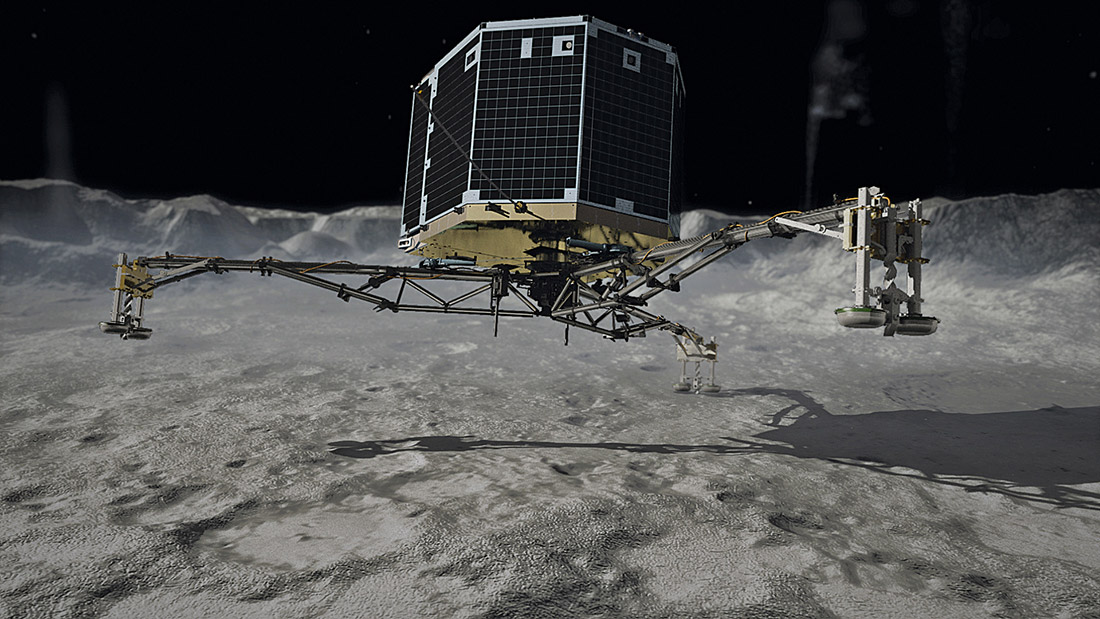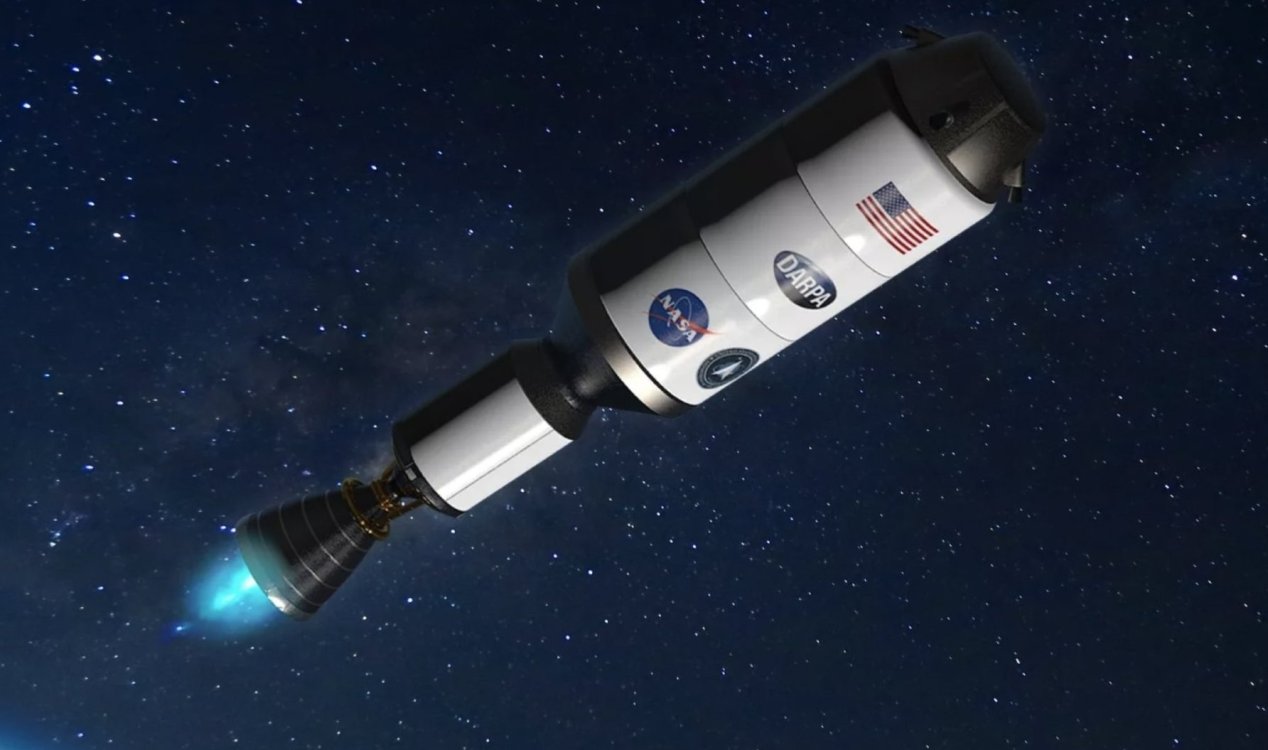Initially launched in 2004, the ambitious Rosetta mission’s objective was not only to get up close to a comet, but land a probe on its surface. Amazingly, this goal was achieved in 2014, with Philae becoming the first spacecraft ever to land on a comet.
There were some setbacks however, when Philae had a rough landing and ending up in the shade, therefore not being able to recharge via its solar panels.
This forced Philae to reluctantly have to be placed into hibernation mode, with the hope that once the comet got closer to the sun, the lander would eventually wake up again.
Fast forward over 7 months later, and incredibly Philae is back online – and fully operational. This news has been met with warm praise, as there were fears it would never wake up again.
“Philae is doing very well: It has an operating temperature of -35ºC and has 24 Watts available,” said project manager Stephan Ulamec. “The lander is ready for operations.”
Providing all continues to go well, the research team will now be able to resume analysis of the comet’s surface and learn about the early days of our solar system.
“It’s a look at the basic building blocks of our solar system, the ancient materials from which life emerged,” said Rosetta scientist Kathrin Altwegg. “It’s like doing archaeology, but instead of going back 1,000 years, we can go back 4.6 billion.”
Read the article here at the Washington Post.





